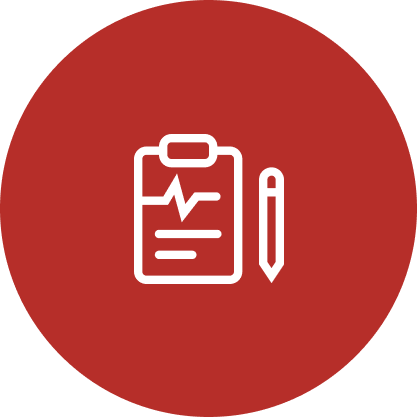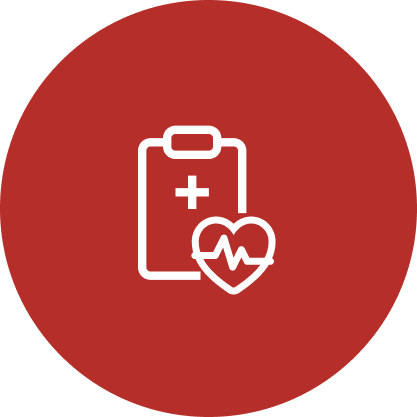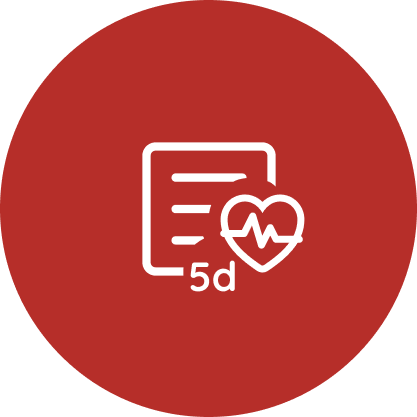24Hr Ambulatory Blood Pressure Monitor
Book An Appointment
Fill Up Form Below
True Care Cardiology
24Hr Ambulatory Blood Pressure Monitor
How is the Test Conducted?
A cuff is placed snugly around your upper arm, usually aligned with the inner bend of your arm. During the measurement, the device inflates the cuff, which may feel tight and could cause temporary numbness or tingling. Once the measurement is complete, the cuff will gradually deflate, relieving the pressure.
The blood pressure reading consists of two numbers, indicating when blood flow to your arm stopped and when it resumed. These numbers reflect the pressure within your arteries.
Your doctor may want to monitor how your blood pressure varies throughout the day and night, a process known as “24-hour (or ambulatory) blood pressure monitoring.” For this, you’ll wear a blood pressure unit that includes a cuff on your upper arm connected to a monitor that hangs from a strap over your shoulder.
For the next 24 hours, your heart rate and blood pressure will be recorded every 20 to 30 minutes, both day and night. When you feel the cuff tightening, it’s important to stop and rest until the measurement is complete, which typically takes 30 to 40 seconds.
When you arrive to have the 24-hour monitor fitted, it will take about 15 minutes to apply the cuff and provide instructions. You’ll need to return to the hospital or clinic the following day at the same time to remove the monitor and strap.
24-hour blood pressure monitoring helps reveal how your blood pressure fluctuates throughout the day and night. This information allows your doctor to understand when and why your blood pressure changes. They will inform you of your target blood pressure and assess if it’s high. Elevated blood pressure is a significant risk factor for heart disease, and regular monitoring aids your doctor in determining the need for treatment, including medication.
No special preparations are necessary before getting the 24-hour blood pressure monitor fitted. You will receive instructions on how to ensure accurate readings while wearing the device.
Here are some tips to remember while using the monitor:
- Wear a loose-fitting shirt.
- Remain still during the readings (when the cuff tightens).
- Press the button on the monitor immediately if you experience symptoms like dizziness, headaches, chest pain, or sudden shortness of breath.
- Ensure the monitor remains connected at all times.
- Continue taking your medications as usual.
Regularly checking and understanding your blood pressure is vital for maintaining a healthy heart.








